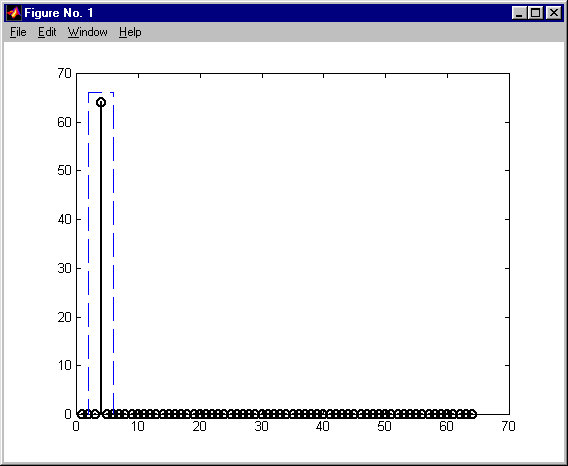
KAS 2011
Przetwarzanie via FFT
• projektowanie filtrów metodą próbkowania w dziedzinie częstotliwości
• filtracja w dziedzinie częstotliwości
- założona a uzyskana charakterystyka częstotliwościowa
- alias w dziedzinie czasu
- zjawisko przecieków
• koncepcja filtracji overlap-add / overlap-save : szybki splot
• przetwarzanie via FFT długich ciągów
- fragmenty nie nakładające się
- fragmenty z uzupełnianiem zerami
- nakładające się fragmenty sygnału
• metody pomiaru jakości przetwarzania segmentowego
- odpowiedź impulsowa lub chirp nie nadaje się ze względu na brak stacjonarności
- szum biały (ew. powyższe sygnały) - podejście statystyczne (może TPE)
- ew. testowanie sygnałem monochromatycznym KAS 2011
projektowanie filtrów metodą próbkowania w dziedzinie częstotliwości KAS 2011
1
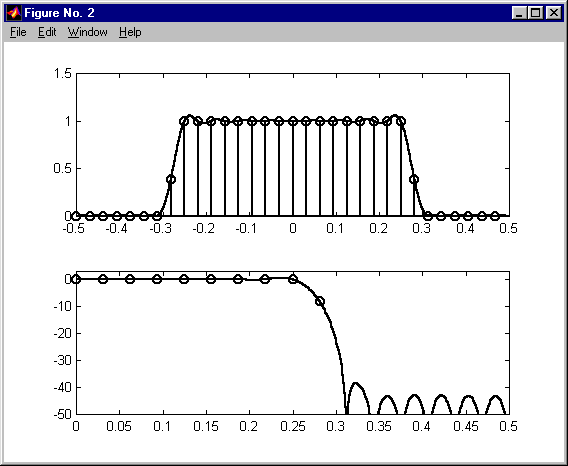
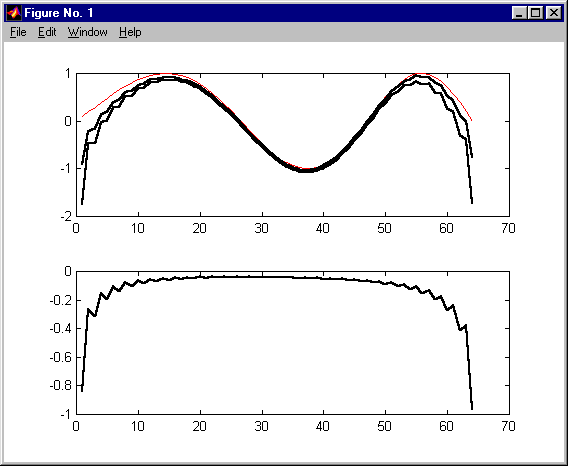
KAS 2011
KAS 2011
alias w dziedzinie czasu
[n,cc] = size(x);
m = 2^nextpow2(n);
y = fft(real(x),m);
if m ~= 1
h = [1; 2*ones(fix((m-1)/2),1);...
ones(1-rem(m,2),1);...
zeros(fix((m-1)/2),1)];
y(:) = y.*h(:, ones(1,cc) );
end
y = ifft(y,m);
y = y(1:n,:);
KAS 2011
2


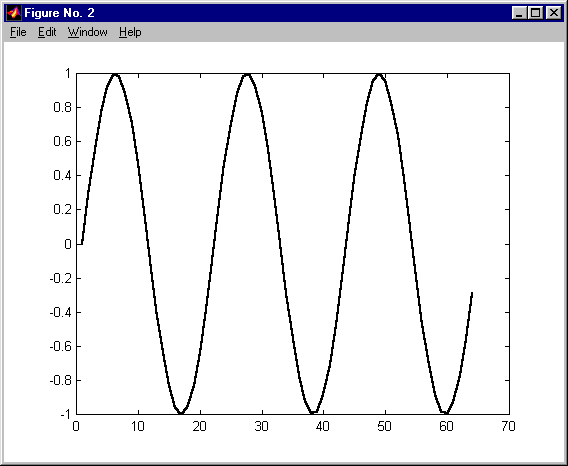






































































































































































































































































































































































































































































































































































































































































































































































































































































































































































































































































































































































































































































































































































































































































































































































































































































































































































































































































































































































































































































































































































































































































































































































































































































































































































































































































































































































































































































































































































































































































































































































































































































































































































































































































































































































































































































































































































































































KAS 2011
przecieki a filtracja w dziedzinie częstotliwości KAS 2011
koncepcja filtracji overlap-add / overlap-save : szybki splot x[ n]
n
Filter each block x [ n]
x [ n]
i
y [ n]
i
i
with the impulse
response h[ n]
Partition input
in non-overlapping
blocks x [ n]
i
y[ n]
Adding the over-lapping
outputs y [ n] from each block i
to obtain the output y[ n]
n
Overlap-add sectioning of convolution x[ n]
n
Filter each block x [ n]
x [ n]
i
y [ n]
i
i
with the impulse
response h[ n]
Partition input
in overlapping
blocks x [ n]
i
y[ n]
Select the output from
appropriate block y [ n]
i
(discard over-lap)
n
Overlap-save sectioning of convolution KAS 2011
3
filtracja overlap-add / overlap-save
%Overlap-add
%Overlap-save
function y=fftfilt(h, x, Nfft)
function y=fftfiltS(h, x, Nfft)
H=fft(h, Nfft);
N=length(h);
N=length(h);
H=fft(h, Nfft); %fft with zeropadding M=Nfft-N+1; %section length
M=Nfft-N+1; %section length
%make sure that length(x) is multiple of M
x=[zeros(1,N-1) x];
LenOut=length(x);
%make sure that length(x) is
if rem(LenOut,M)~=0
% Nfft plus multiple of M
x(ceil(LenOut/M)*M)=0;
LenOut=length(x)
end;
if LenOut<Nfft
x(Nfft)=0;
y=zeros(1,N);
elseif rem(LenOut-Nfft,M)~=0
for indX=1:M:length(x)
x(ceil((LenOut-Nfft)/M)*M+Nfft)=0;
x_seg=x(indX:(indX+M-1)); %segment of x[n]
end;
X=fft(x_seg, Nfft); %fft with zeropadding Y=X.*H;
y=[];
y_seg=ifft(Y);
for indX=1:M:(length(x)-Nfft+1)
y(indX:(indX+N-2))=y(indX:(indX+N-2))+y_seg(1:(N-1)); x_seg=x(indX:(indX+Nfft-1));
y((indX+N-1):(indX+Nfft-1))=y_seg(N:Nfft);
%segment of Nfft samples of x[n]
end;
X=fft(x_seg);
Y=X.*H;
% check if output signal should be purely real y_seg=ifft(Y);
if ~any(imag(h)) & ~any(imag(x))
y=[y y_seg((Nfft-M+1):Nfft)];
y=real(y);
end;
end;
% check if output signal should be purely real if ~any(imag(h)) & ~any(imag(x))
y=real(y);
end;
KAS 2011
FFTFILT Overlap-add method of FIR filtering using FFT.
Y = FFTFILT(B,X) filters X with the FIR filter B using the overlap/add method, using internal parameters (FFT
size and block length) which guarantee efficient execution.
Y = FFTFILT(B,X,N) allows you to have some control over the internal parameters, by using an FFT of at least N points.
If X is a matrix, FFTFILT filters its columns.
See also FILTER.
--- Algorithmic details ---
The overlap/add algorithm convolves B with blocks of X, and adds the overlapping output blocks. It uses the FFT to compute the convolution.
Particularly for short filters and long signals, this algorithm is MUCH faster than the equivalent numeric function FILTER(B,1,X).
Y = FFTFILT(B,X) -- If you leave N unspecified: (RECOMMENDED) Usually, length(X) > length(B). Here, FFTFILT chooses an FFT length (N) and block length (L) which minimize the number of flops required for a length-N FFT times the number of blocks ceil(length(X)/L).
If length(X) <= length(B), FFTFILT uses a single FFT of length nfft = 2^nextpow2(length(B)+length(X)-
1), essentially computing ifft(fft(B,nfft).*fft(X,nfft)).
Y = FILTFILT(B,X,N) -- If you specify N: In this case, N must be at least length(B); if it isn't, FFTFILT sets N to length(B). Then, FFTFILT uses an FFT of length nfft = 2^nextpow2(N), and block length L = nfft - length(B) + 1.
CAUTION: this can be VERY inefficient, if L ends up being small.
KAS 2011
4
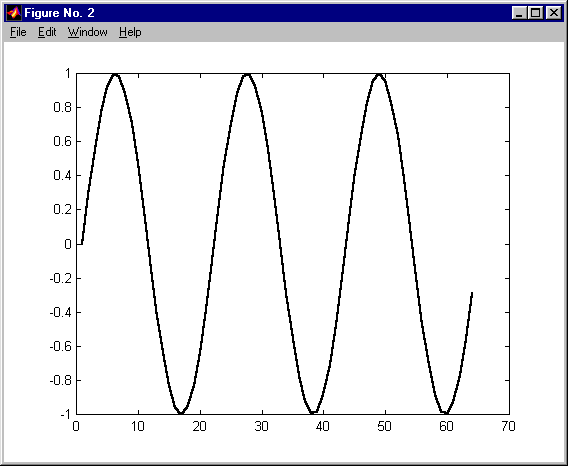
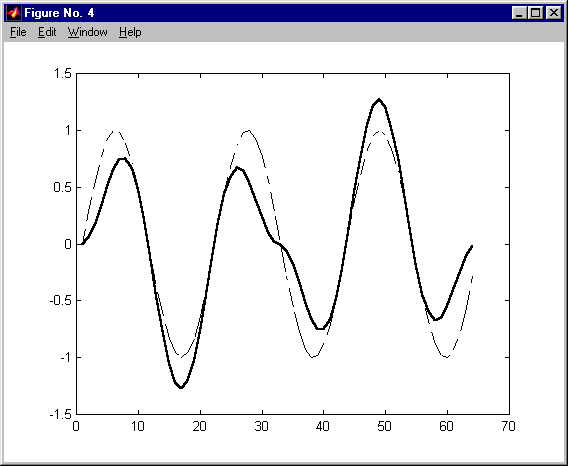


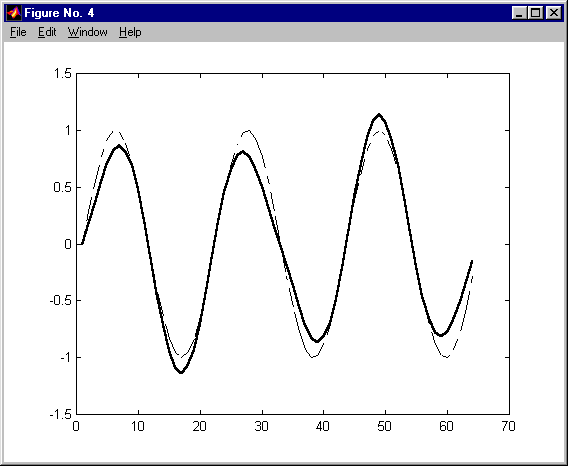


KAS 2011
przetwarzanie via FFT długich ciągów - nie nakładające się ciągi KAS 2011
przetwarzanie via FFT długich ciągów KAS 2011
5
Wyszukiwarka
Podobne podstrony:
wykład 08 - pedagogika behawioralna - Winfired Wermter - Dom Mi, współczesne kierunki pedagogiczne
MT I Wyklad 08
MC W Wyklad 08 Tlenkowe Materialy Konstrukcyjne
26) TSiP Wyklad 08 pekanie
fiz wyklad 08
krajoznawstwo, wykład I 08.10.2007, CIASTO NA NALEŚNIKI
Wykład 08.05.2010
Wykład 08, 05
Teoria Informacji Wykład 6 (08 04 2015)
B. W. w Unii Europejskiej - wyklad 08.10, Sudia - Bezpieczeństwo Wewnętrzne, Semestr III, Bezpieczeń
Encyklopedia Prawa - wyklad 08 [06.11.2001], INNE KIERUNKI, prawo, ENCYKLOPEDIA PRAWA
2006C16 wyklad 08 (2)
Ekologiczne Systemy Chowu i Żywienia Zwierząt - Wykład 08, WYKŁAD VIII- EKOLOGICZNE SYSTEMY CHOWU I
Powszechna historia prawa - wykłady, 08.01.2013
Powszechna historia prawa - wykłady, 08.01.2013
85 Nw 08 Przetwornica
32) TSiP Wyklad 08 plastycznosc
Algebra I wyklad 08
więcej podobnych podstron



